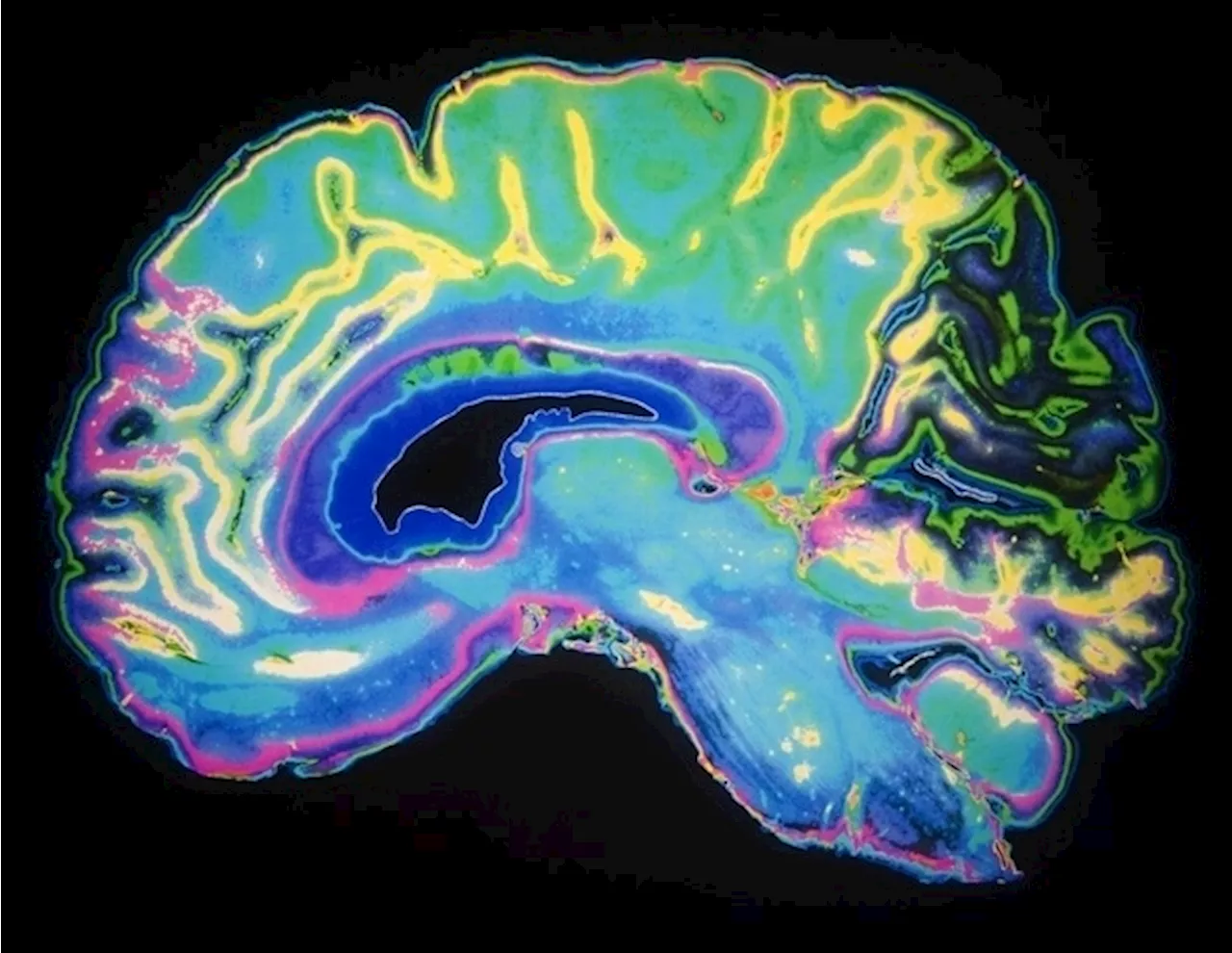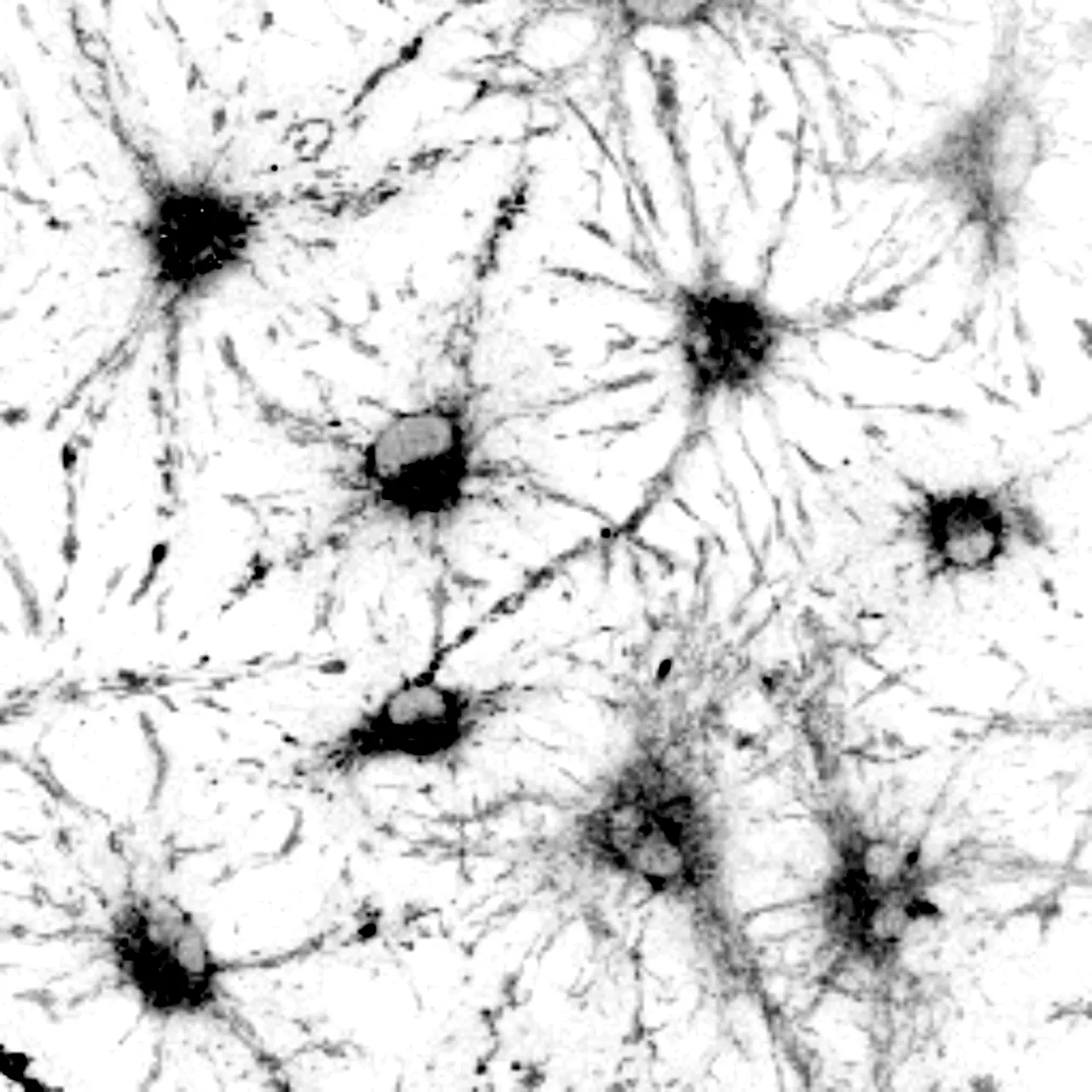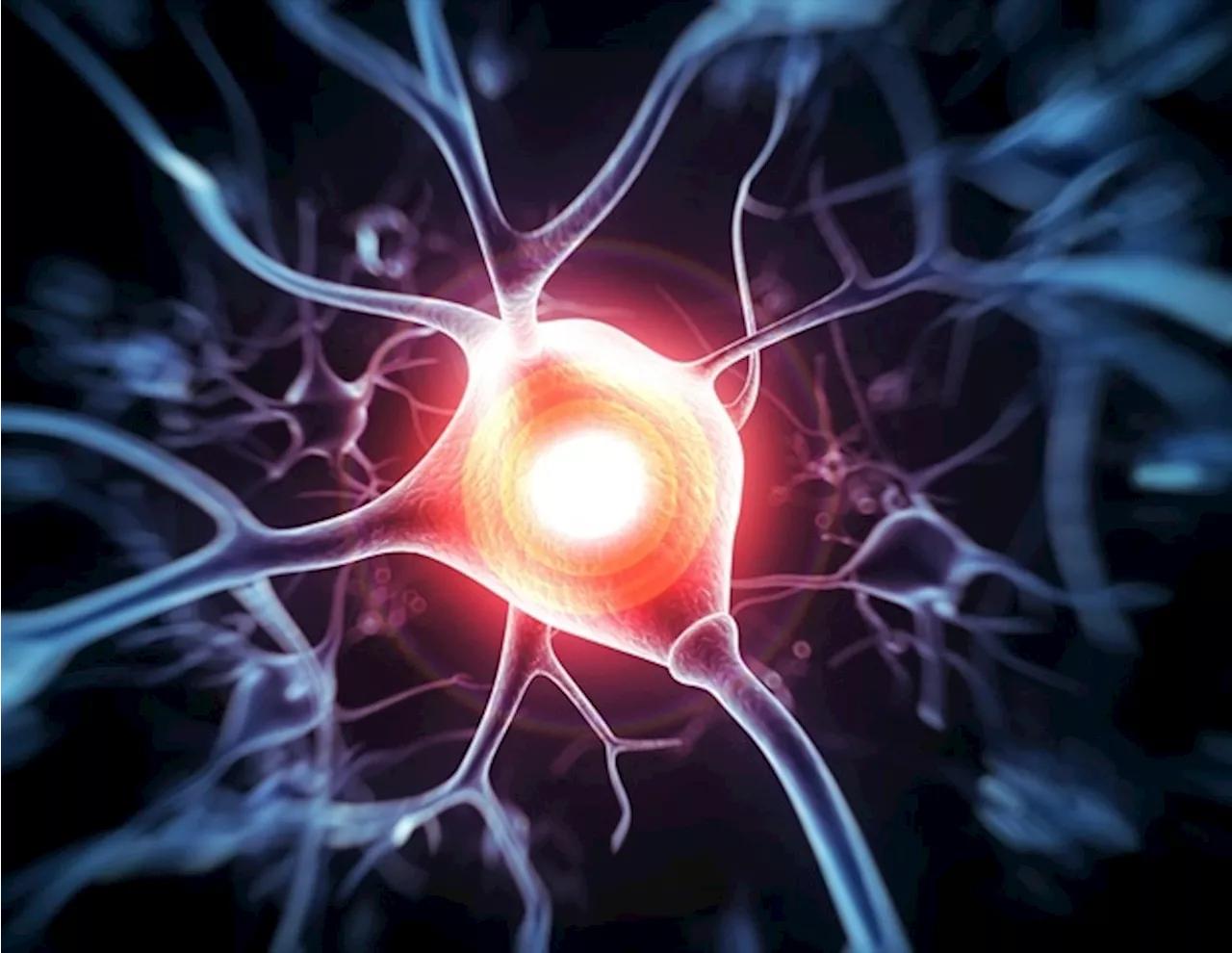Researchers have developed tiny, flexible devices that can wrap around individual nerve fibres without damaging them.
Apr 26 2024University of Cambridge Research ers have developed tiny, flexible devices that can wrap around individual nerve fibers without damaging them.
Tests of the nerve cuffs in rats showed that the devices only require tiny voltages to change shape in a controlled way, forming a self-closing loop around nerves without the need for surgical sutures or glues. These implants allow direct access to nerve fibers, but they come with certain risks. "Nerve implants come with a high risk of nerve injury," said Professor George Malliaras from Cambridge's Department of Engineering, who led the research. "Nerves are small and highly delicate, so anytime you put something large, like an electrode, in contact with them, it represents a danger to the nerves.
Related Stories"To ensure the safe use of these devices inside the body, we have managed to reduce the voltage required for actuation to very low values," said Dr Chaoqun Dong, the paper's first author. "What's even more significant is that these cuffs can change shape in both directions and be reprogrammed. This means surgeons can adjust how tightly the device fits around a nerve until they get the best results for recording and stimulating the nerve.
Brain Chronic Chronic Pain Epilepsy Implants Pain Prosthetic Research Surgery
United Kingdom Latest News, United Kingdom Headlines
Similar News:You can also read news stories similar to this one that we have collected from other news sources.
 Researchers develop a risk prediction model for cisplatin-induced kidney damageUsing patient data from six major U.S. cancer centers, Brigham researchers and collaborators developed a risk prediction model for moderate-to-severe kidney injury after receiving the chemotherapy drug cisplatin in the largest, first generalizable study of its kind.
Researchers develop a risk prediction model for cisplatin-induced kidney damageUsing patient data from six major U.S. cancer centers, Brigham researchers and collaborators developed a risk prediction model for moderate-to-severe kidney injury after receiving the chemotherapy drug cisplatin in the largest, first generalizable study of its kind.
Read more »
 McGovern researchers debunk claims of direct neuronal activity imaging with MRIA new way of imaging the brain with magnetic resonance imaging (MRI) does not directly detect neural activity as originally reported, according to scientists at MIT's McGovern Institute.
McGovern researchers debunk claims of direct neuronal activity imaging with MRIA new way of imaging the brain with magnetic resonance imaging (MRI) does not directly detect neural activity as originally reported, according to scientists at MIT's McGovern Institute.
Read more »
 Market town's popular soft play centre up for sale after six years of entertaining kidsA family-run soft play centre with an Alice in Wonderland theme has been put up for sale six years after it was set up.
Market town's popular soft play centre up for sale after six years of entertaining kidsA family-run soft play centre with an Alice in Wonderland theme has been put up for sale six years after it was set up.
Read more »
 Researchers identify increased brain tumor risk with specific contraceptive useThe intracranial meningioma risk associated with progestogen use.
Researchers identify increased brain tumor risk with specific contraceptive useThe intracranial meningioma risk associated with progestogen use.
Read more »
 New tool provides researchers with improved understanding of stem cell aging in the brainResearchers can use the light naturally thrown off by biological specimens to better study the different states of stem cells in the nervous system, thanks to a tool developed at the University of Wisconsin–Madison, brightening their chances for studying the way stem cells age.
New tool provides researchers with improved understanding of stem cell aging in the brainResearchers can use the light naturally thrown off by biological specimens to better study the different states of stem cells in the nervous system, thanks to a tool developed at the University of Wisconsin–Madison, brightening their chances for studying the way stem cells age.
Read more »
 Researchers help spearhead changes to global anemia guidelinesThe way anemia is diagnosed worldwide could change for the first time in 50 years, following a landmark study led by WEHI researchers.
Researchers help spearhead changes to global anemia guidelinesThe way anemia is diagnosed worldwide could change for the first time in 50 years, following a landmark study led by WEHI researchers.
Read more »
